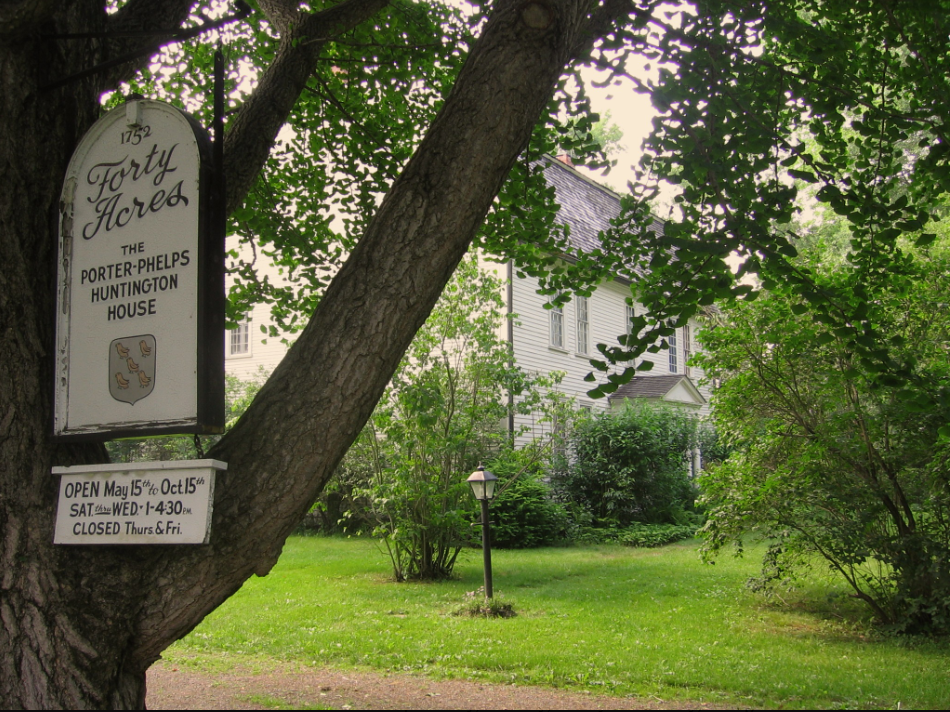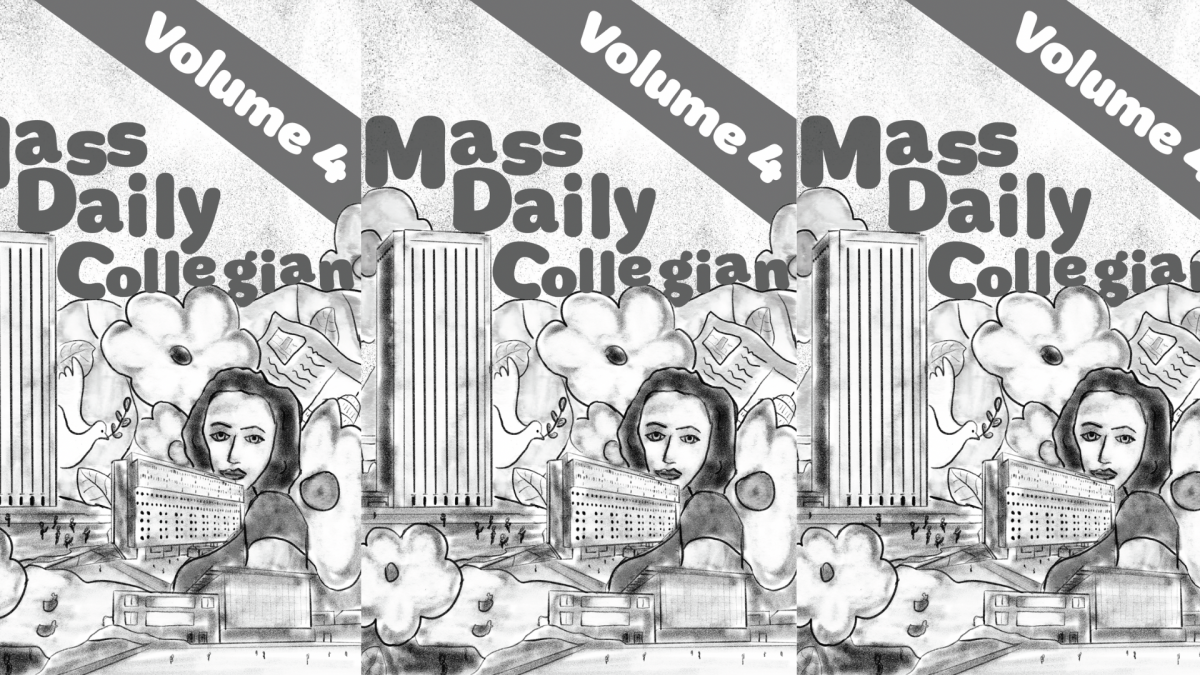Editor’s Note: This piece was revised on Oct. 24, 2023 for clarity.
As the breeze becomes chillier and the leaves begin changing color, elementary school students remember Massachusetts’ humble beginnings. This experience is a quintessential New England coming-of-age rite.
Whether it’s thumbing through paper hornbooks or tracing the shape of a turkey on scratch paper, fall activities all harken back to a colonial past. Having grown up in Massachusetts, I can attest to frequently visiting local museums as a method of historical education.
In many ways, I would say I was fortunate. While other kids read textbook depictions of the Battle of Lexington and Concord or memorized the iconic lines of Henry Wadsworth Longfellow’s Paul Revere poem, during my time in elementary school I got to visit many of these historical locations. However, a recent visit to the Porter-Phelps-Huntington museum made me realize how these field trips, specifically to house museums, profoundly shape the way we view U.S. history.
New England is famous for being the epicenter of revolution in the late 18th century; a place where many prominent Americans, such as John Adams and Benjamin Franklin, advocated for freedom. Its colonial past is evident in the number of institutions that carry parts of its legacy. Our own university, for example, coined Sam the Minuteman as its mascot decades ago — a nod to the Revolution-era militia who were ready to fight at “a minute’s notice.” In my hometown, streets and murals honor revolutionary heroes, and Memorial Day parades have never been complete without reenactment actors firing empty shots into the air. This pride is part of a longstanding tradition of appreciating and celebrating the contributions of those who came before.
The perspective of New England as a longtime land of freedom glosses over a much murkier history — one where its economy and slaveholders benefited from the Transatlantic Slave Trade. New England did not have a cash crop, unlike the tobacco long associated with the South. Instead, it derived its profit from carrying and providing for the West Indies, which grew sugar — a valuable, labor-intensive crop that relied on slave labor and had a brutal 50 percent mortality rate.
If you visit the Royall House and Slave Quarters in Medford, Massachusetts, you can see this history reflected in the house. The ornate, polished furniture and the intricate architecture seen in the house displays the Royall’s immense wealth, which was accumulated from the exploitation of enslaved people, which allowed their exorbitant profits from growing and trading sugar.
The Porter-Phelps-Huntington Museum, the original inspiration for this article, consists of a house and farm that profited off enslaved people’s labor. Family members romanticized the farm’s history when it became a museum, renaming it Elm Valley and erasing the house’s plantation history. They also ignored the fact that one of the owners, Charles Phelps, built his wealth off trading goods like cotton, indigo and sugar from slavery-reliant Caribbean plantations.
I examined these museums specifically because they have not shied away from exposing the complete historical context of these locations. They have not glorified their founders or attempted to defend the families’ actions; instead, they attempt to accurately represent a piece of history by depicting a timeline from different perspectives. In order to accurately educate people on history, these museums tell both the family’s narrative and discover the stories of the people enslaved here, humanizing those who have been forgotten by time.
Does indirect participation in dehumanizing practices mean that Massachusetts and other New England states should renounce their history? Their pasts are tainted by connections to atrocities, and one should not downplay the discomfort one might feel upon studying them, as the past is also unalterable. We should ponder what author Wendy Warren said about history when we study the past: “It would be great if we understood that it [European colonization] wasn’t a pleasant process, that it was time of warfare and brutality and a lot of fear and trauma. And it would be great if we understood that slavery was there right from the beginning, that it was embedded in the process of colonization, that in some cases it drove the process of colonization … maybe [it would] offer us a little bit of humility about the origins [of the United States].” We must view history in all its ugliness and complexity.
Grace Chai can be reached at [email protected].




















Adam • Oct 20, 2023 at 10:40 am
This article contains a very unfortunate false statement. Its focus on the Porter-Phelps-Huntington Museum as an example of a house museum that “shies away” from telling complicated or difficult stories is perplexing to read–and incorrect. The writer apparently has not taken a tour, as I have (or even dug very deeply on the website), as visitors to this museum are told stories of the enslaved people and others who labored at the property. That’s one of the primary focuses of the general tour, and only that tour is offered. It’s very strange to read something invented by a writer about a museum that, if she had actually done much research, would have learned has actually done incredible work to share stories of people other than the property owners to the public, including the enslaved individuals who lived and worked there.
This article contains baseless criticism. The newspaper should have fact checkers and this article should be retracted or revised to reflect what the Porter-Phelps-Huntington Museum actually presents to the public, which is a complex history that doesn’t shy away from “difficult” history. If this is supposed to be “journalism,” then the writer needs to hone her skills.